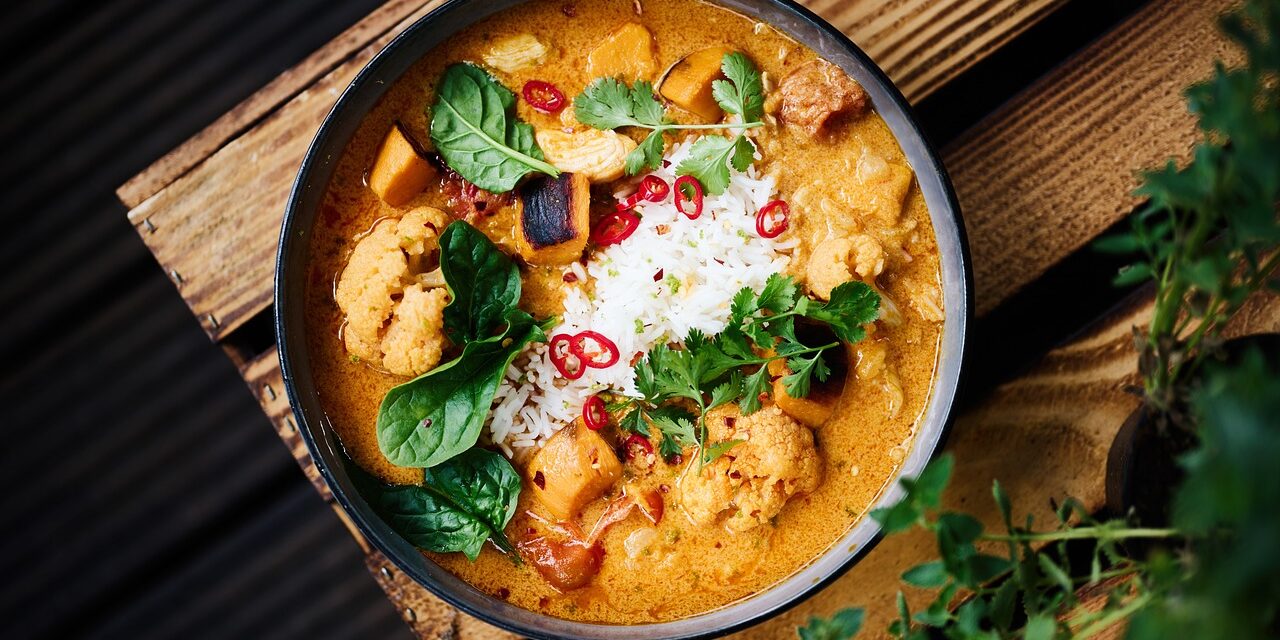Asian cuisine is an intricate mosaic woven with threads of culture, history, and flavor. It’s a realm where culinary artistry transcends geographical boundaries and unites diverse communities under the umbrella of taste. Yet, the question lingers: Do these cuisines share a similar taste? To unravel this mystery, we must embark on a sensory journey that traverses continents, palates, and centuries of culinary evolution.
Historical and Cultural Influences
Ancient civilizations, trade routes, and cultural exchanges imprint Asian cuisines. As merchants and explorers traversed the Silk Road and maritime routes, they carried spices, techniques, and ingredients that found their way into kitchens across Asia.
Trading Routes and Fusion of Tastes
The Silk Road, a historical trade network, was a conduit for exchanging spices, fruits, and cooking methods. This cultural interchange birthed dishes that married flavors from East and West, resulting in the culinary treasures we savor today.
Local Ingredients and Culinary Traditions
Each Asian cuisine is deeply intertwined with the environment in which it evolved. Ingredients shaped by geography and climate molded the culinary lexicon of each region. From Japan’s seafood-rich coasts to India’s fertile plains, the diversity of elements gave rise to distinct tastes.
Regional Similarities and Shared Ingredients
Despite the vastness of Asia, some ingredients and culinary practices have traversed borders, creating a sense of familiarity among Asian cuisines.
Rice: The Staple of Asia
Rice is the unifying force that transcends borders in Asia. From the fragrant Basmati rice of India to the sticky rice of Southeast Asia, this humble grain binds the continent’s culinary traditions.
Soy Sauce: The Ubiquitous Condiment
Soy sauce, a cornerstone of Asian flavor, boasts variations in each cuisine. Whether it’s the dark soy sauce of China or the light and sweet version of Japan, this condiment adds depth to dishes across the continent.
Diverse Flavor Profiles of Asian Cuisines
As we start into each cuisine, distinct flavor profiles emerge, reflecting the soul of each culture.
Spices and Heat in South Asian Dishes
South Asian cooking, such as Indian and Pakistani, are renowned for their vibrant spice blends. Fiery curries, aromatic garam masalas, and complex flavor layering define this region’s culinary identity.
Umami and Simplicity in Japanese Fare
Japanese cuisine celebrates the concept of umami, the fifth taste sensation. From delicate sushi to robust ramen, simplicity, and harmony shine through, spotlighting high-quality ingredients.
Balance and Harmony in Chinese Cooking
Chinese cuisine balances the yin and yang of flavors, textures, and colors. Sweet and sour, salty and bitter, crunchy and tender coalesce in dishes that reflect the philosophy of harmony.
Bold and Fresh Flavors of Southeast Asia
The cuisines of Southeast Asia burst with bold and fresh flavors. Thai, Vietnamese, and Indonesian dishes combine sweet, sour, salty, and spicy elements, creating a symphony for the taste buds.
Cooking Techniques and Methods
Beyond ingredients, cooking techniques play a pivotal role in shaping the taste of Asian dishes.
Stir-Frying: From Woks to Wonders
The art of stir-frying is a hallmark of Asian cuisine. High heat, quick cooking, and minimal oil yield dishes that retain the vibrant colors and crunchiness of ingredients.
Curries and Stews: Simmering in Tradition
While varying in style, slow-cooked curries and stews connect Asian cuisine through their comfort. From the aromatic curries of India to the soul-warming hot pots of Korea, these dishes evoke nostalgia.
Why Similarities Exist
While Asian cuisine showcases diverse flavors, some commonalities exist due to historical and cultural influences.
Cultural Exchange and Migration
Trade, migration, and cultural interaction have led to the diffusion of ingredients and techniques across Asia. This exchange has contributed to shared elements, such as spices and preparation methods.
Adaptation to Local Palates
Local preferences also influence the evolution of Asian cuisine. As ingredients were adopted, they transformed to suit regional tastes, resulting in variations that share fundamental attributes.
Conclusion
The query of whether all Asian cooking have a similar taste is a captivating one that unveils the intricate interplay of history, culture, and geography. While shared ingredients and techniques offer common threads, the individuality of each cuisine prevails. From the creamy curries of India to the delicate artistry of Japanese sushi, Asian cuisine paints a vivid portrait of diversity united by a love for food. So, the next time you savor an Asian dish, relish the flavors and the story. It tells a story of tradition, evolution, and the joy of culinary exploration.
FAQs
Q1: Do spicy flavors dominate Asian cookeries?
Asian cooking has a broad spectrum of flavors, ranging from mild to intensely spicy. While some regions, such as South Asia, are known for their spicy dishes, others prioritize balance and harmony.
Q2: Are noodles a common element in all Asian cooking?
Noodles are significant in several Asian cookeries, including Chinese, Japanese, and Vietnamese. However, the types, shapes, and preparations of noodles vary widely.
Q3: How important is a presentation in Asian cooking?
Presentation is a crucial aspect of Asian cuisine. The aesthetics of a dish often mirrors cultural values, emphasizing balance, color harmony, and natural beauty.
Q4: Can you find vegetarian options in Asian Culinary?
Many Asian foods offer vegetarian dishes, especially in countries with solid vegetarian traditions like India. Plant-based ingredients are celebrated in these culinary landscapes.
Q5: What role do condiments and sauces play in Asian Food?
Condiments and sauces are integral to Asian Foods, adding depth and complexity to dishes. From soy sauce in Chinese cuisine to fish sauce in Southeast Asian fare, these flavor enhancers are cherished components.

